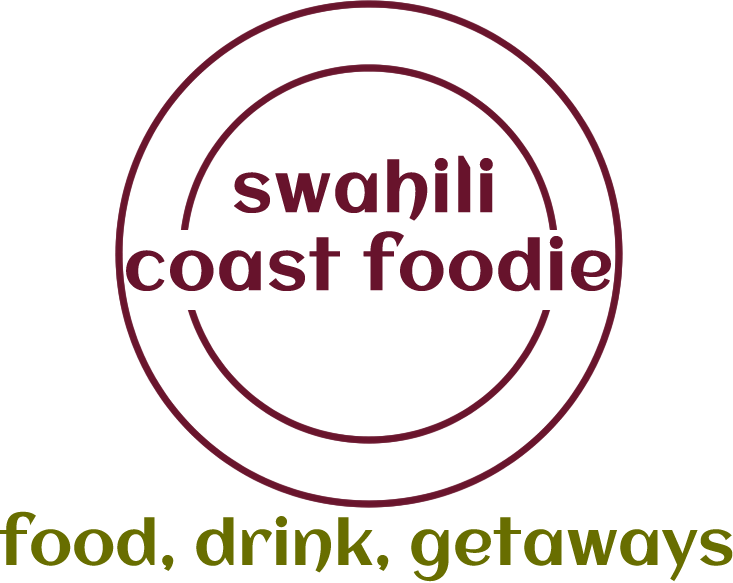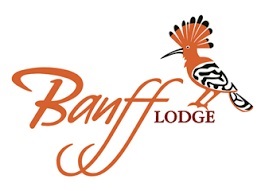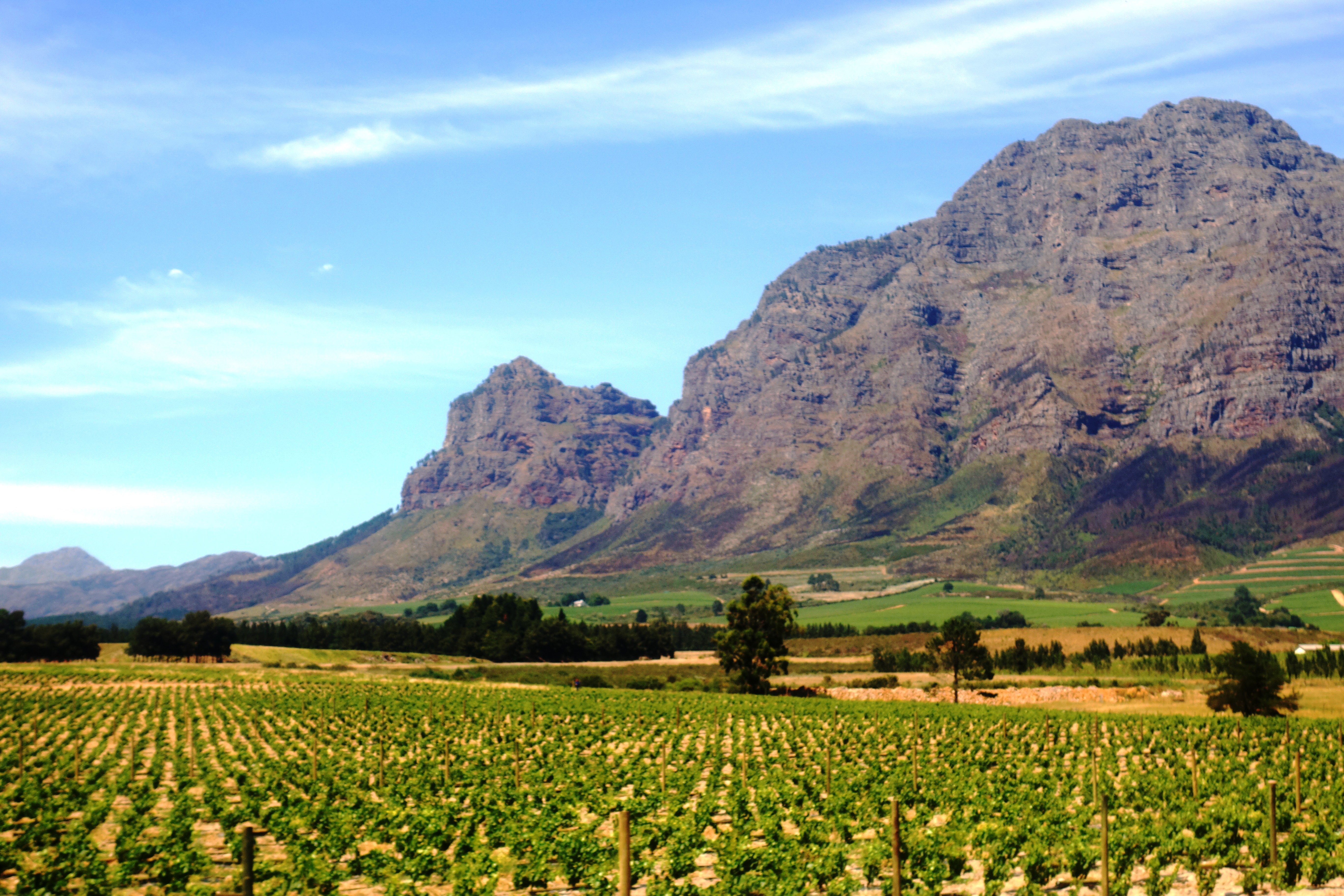 Cape Town Series: As the 11th Dar Wine Festival approaches it’s a perfect time to get an exclusive expert insight into how grapes are transformed into award-winning vino by acclaimed wine maker Niel Bester at Plaisir de Merle.
Cape Town Series: As the 11th Dar Wine Festival approaches it’s a perfect time to get an exclusive expert insight into how grapes are transformed into award-winning vino by acclaimed wine maker Niel Bester at Plaisir de Merle.
The magnificent estate of Plaisir de Merle on the slopes of the Simonsberg Mountains in the Paarl Winelands of South Africa offered Swahili Coast Foodie a guided tour inside their prestigious 974-hectares to see first-hand how their outstanding wines are made.
It was a great privilege to have master winemaker Niel Bester share his exceptional knowledge and offer the blog special access to the amazing estate.
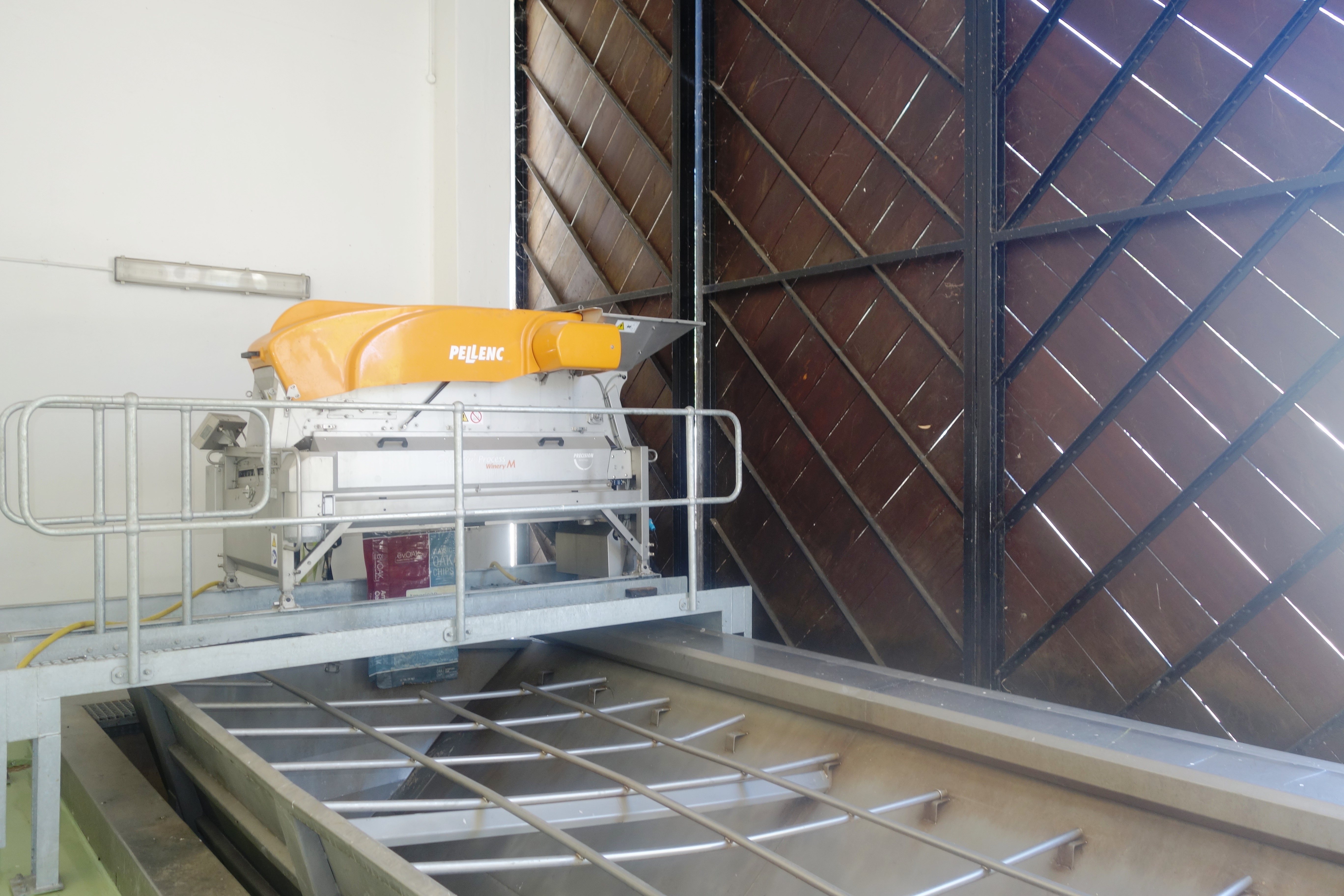
Some 400 hectares of the estate contain noble grape varieties common to many wine regions. They include Chardonnay, Sauvignon Blanc, Cabernet Sauvignon, Merlot, Petit Verdot, Cabernet Franc, Shiraz and Malbec. Harvesting in the Cape Winelands normally starts with Pinotage in late January.
Grapes are picked by hand then taken in bins to the winery entrance where a crushing machine removes any stems and lightly crushes the grapes. White grapes undergo a similar process to red grapes but they are pressed to extract the juice. The skins are left behind and the juice is then prepared for fermentation in steel vats. Red grapes are placed into a vat to begin fermentation with their skins. This imparts the red colour into the wine. During the fermentation process, sugar converts into alcohol. Yeast is added to the vats as this enhances the flavour components of the wine.
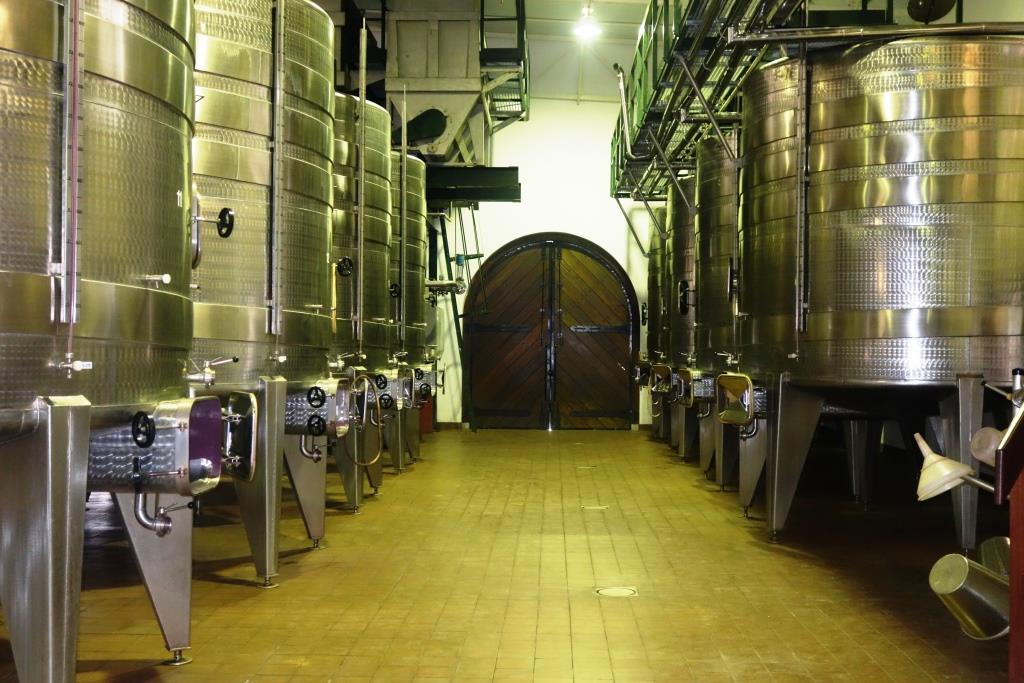
Fermentation results in the release of carbon dioxide. The winemaker must ensure the juice is circulated through the skins which rise to the top during fermentation. A control system ensures the vat is kept at 24 degrees Celsius with the help of a water cooling system.
At the end of the fermentation process the juice is pumped to another tank. Residue skins are pumped to another tank for pressing to recover further juice to make ‘pressed wine’ which is sold separately.
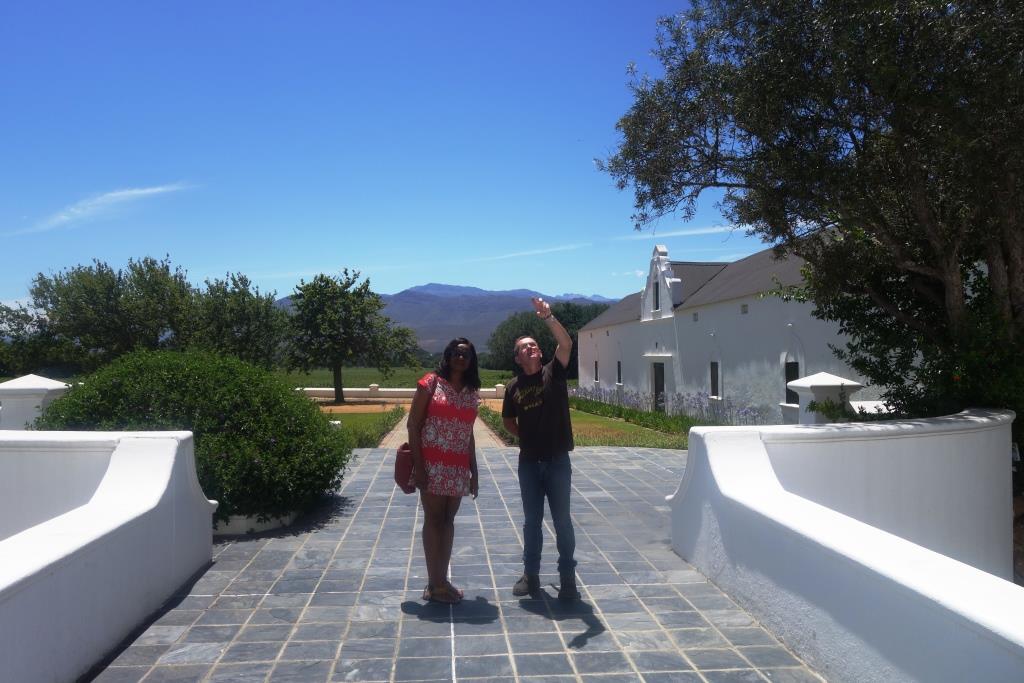
The wine can be aged in various ways depending on what kind of wine is desired. Ageing, from several months to years, develops more intense flavours in the wine. Plaisir de Merle uses French oak barrels which are used for up to three years for white wines then red. Reds undergo a second fermentation either in the vats or barrels.
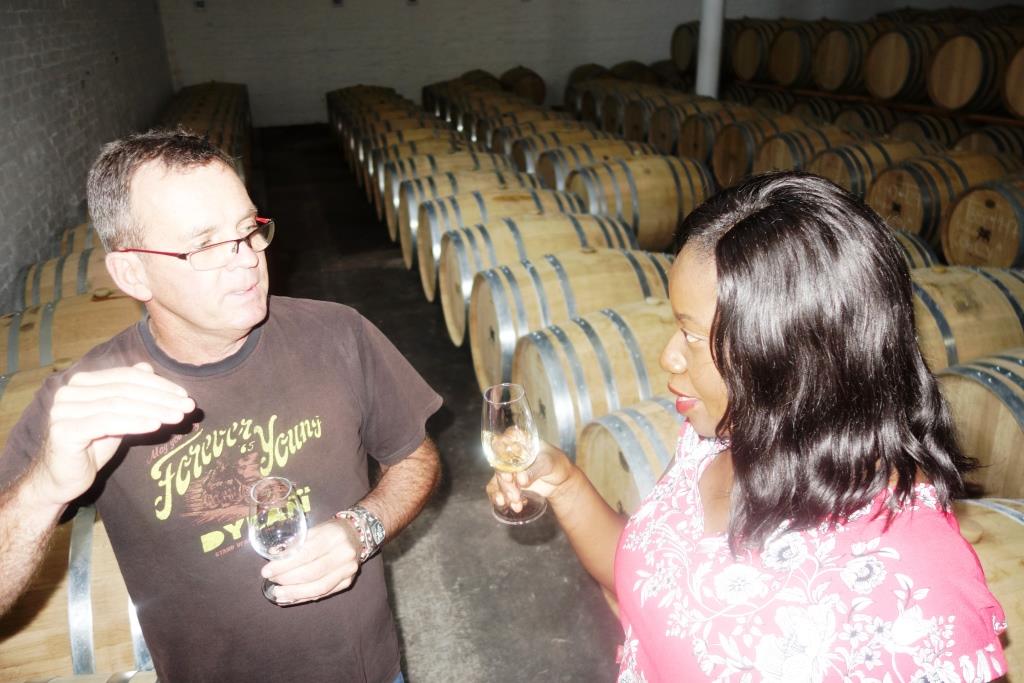
Niel ages his red wine in barrels for up to 16 months. Wines for blending are selected and blended before bottling. White wines all undergo a cold stabilisation process to remove excess fruit acid. Some 60 per cent of the wine made on the estate is bottled while the remainder is used by other producers in the Distell range.
Look out for the upcoming post on wine tasting with Niel at Plaisir de Merle’s manor house. If you want to get the latest expert wine insights, tastings, interviews and read up about many of the wines being featured at the Dar Wine Festival then simply go to the blog’s Foodie Drinks posts.
